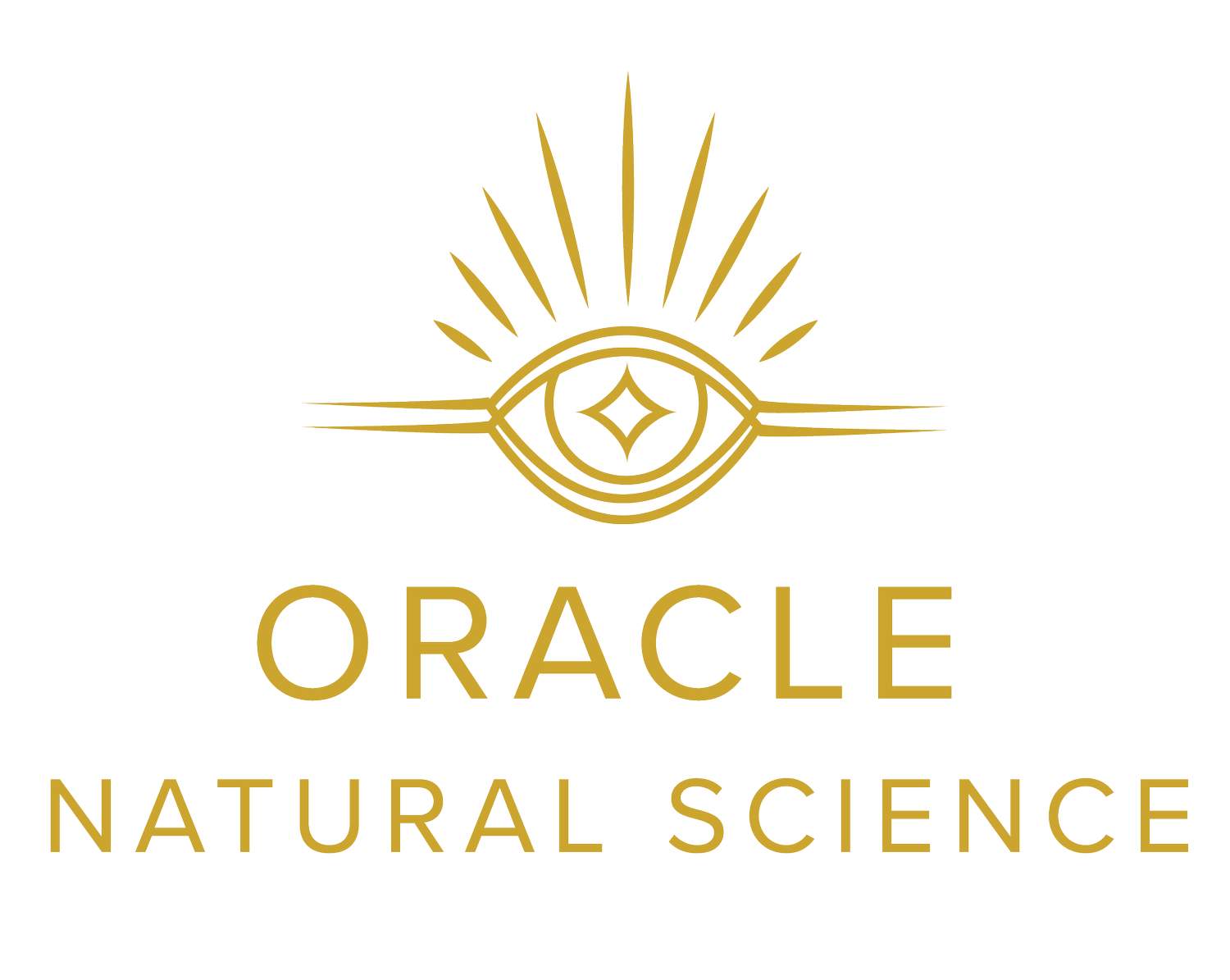We frequently get approached by first-time Tarot readers looking for particular decks* because they have been told those are the only decks they should learn. We want to break down this notion (which we feel to be outdated) and have put together this shout-out to these amazing contemporary Tarot artists and creators. These are a few of the artists who have not only put together beautiful and thoughtful decks, but who are also bringing diversity, inclusivity, and accessibility to this cartomancy tradition.
Before we dive in, we want to address that there is too much emphasis placed on having one of the 3 “traditional Tarot decks”* as your first or main deck. There is SO much to unpack about Tarot, but above all, it’s really important to keep in mind that all Tarot decks originated as a playing-card game. The cards are a tool used in sortilege-style divination (interpreting symbols drawn at random). All decks are created by artists with their own view points and historical context. When you are choosing a deck to work with or learn on, it is most important to see if the deck contains symbolism that is useful to YOU. The Tarot decks created in the early 1900’s by authors in England will not necessarily be the most useful to someone in today’s culture. Some deck creators in the lineage held problematic views and should be challenged. But most importantly, your spiritual and psychological tools should reflect your values. How important is it to you (and to others) to see a similar face reflected, symbolism that speaks to you and your culture?
Cartomancy is a living and evolving art form. If you are interested in learning to read cards you can find beautiful and powerful decks by contemporary artists that will have more relevance to you than perhaps some of the more famous decks. Look for a deck that you LOVE to look at. Look for a deck that tells you stories. Look for a deck that… if it was a human, you would feel safe talking to about your life.
*Marseilles Tarot (originally produced in 15th century), Rider-Smith-Waite (written by AE Waite, illustrated by Pamela Colman Smith; published 1910), and Thoth (written by Aleister Crowley, illustrated by Lady Frieda Harris; created 1944, published 1969).
Image: Hoodoo Tarot, Melanated Tarot, and Gakondo Playing Cards.
Here are some beautiful decks by talented artists who are breaking down barriers while carrying on the tradition of Tarot and cartomancy - artists who have incorporate their heritage and culture, nurturing inclusivity by creating imagery that relates to modern times, using imagery of diversity, speaking to modern times and modern issues:
Adinkra Ancestral Guidance Cards by Simone Bresi-Ando - a 44-card oracle deck that help you channel information, messages and direction from your ancestors using the power and philosophies of Adinkra symbols.
The Afro Goddess Tarot and Oracle Decks by Andrea Furtick - handpainted imagery infusing African ancestry and culture in traditionally structured Tarot and Lenormand style decks.
Afro Tarot and Flora and the Fauna of Africa Oracle decks by Jessi Jumanji - an Afrofuturist Tarot deck which combines authentic African imagery with the traditional Rider Waite themes and a beautiful oracle deck featuring plant and spirit animals, along with messages and affirmations of spiritual guidance.
Akamara Tarot and Okana Oracle Decks by Bespoke Asé - an homage, collective admired portrayal, and gift of the divinity and variety in the spiritualities that make up the African Diaspora; from Nigeria to Cuba, the Caribbean (West indies) to Haiti and African America to the Aboriginal Culture.
The Black Gold Lenormand Deck Kickstarter by Tea- celebrating the enduring legacy of Black Americans and innate connection to spirit.
Dust II Onyx by Courtney Alexander - a melanated Tarot deck created by multimedia artist Courtney Alexander featuring cultural myths, symbolism, history, and icons within the Black Diaspora.
The Hoodoo Tarot by Tayannah Lee McQuillar and Katelyn Foisy - depicts legendary rootworkers past and present as well as important Hoodoo symbolism, celebrating the complex American Rootwork tradition.
Kaleidadope Tarot and Absolute Affirmations Oracle Decks by Krystal Banner -aesthetically exciting decks by illustrator/author Krystal Banner that bring Tarot and oracle cards into the 21st century with a mix of color, culture & representation.
Know Thy Self - a 50 card oracle deck of Adinkra symbols that originate from West Africa. These symbols convey traditional African wisdom important to the lives of the African Diaspora (Afrikans). Created by Dr. Erica McInnis, Director and Principal Clinical Psychologist with Nubia Clinical Psychology Training and Consultancy and offers many online courses and resources for African Centred approaches (Black Psychology) to improving emotional well-being in adults and children.
The Melanated Tarot by Julia Goolsby and Oubria Tronshaw - an inclusive alternative to the traditional Rider Smith Waite Deck.
Our Tarot - a Tarot deck by Sarah Shipman featuring collage portraits of powerful women who have helped shape history.
Shadeux Oracle by Intuitive Tosha - features 56 eye-catching cards for those who are in need of shadow healing or want the raw and uncut truth about themselves and those around them who may not be a positive influence in their life.
… and of course, this is but just SOME of the amazing decks out there - we ourselves are still learning and trying to decolonize our own deck collections. But join us as we continue to demystify Tarot and work towards making these tools accessible to all.
Image: Denkyem (Adaptability), Kintinkantan (Arrogance), and Ananse Ntontan (Wisdom) cards from the Know Thy Self Adinkra oracle deck.


